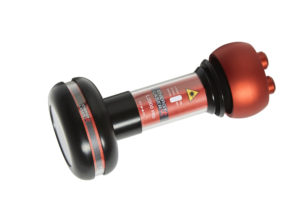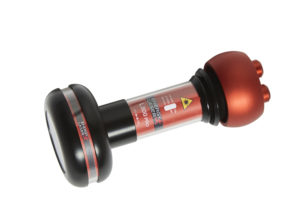Laser Therapy for Practitioners
Energy Laser specialise in the design and construction of non-invasive Continuous Wave (CW) lasers for therapeutic use for the treatment of ulcers and pain and to accelerate the body’s natural healing process. Our handheld series of lasers covers over 5 lasers that are characterized by being the smallest handheld lasers in laser class 3B in the world. Two lasers in a “trustworthy” blue color for personal use and three lasers in an “energetic” red color for professional use.
100% painless laser treatment
The lasers are designed in a sleek ergonomic design with a unique ease of use that sets the standard for future LLLT/PBM lasers. The lasers are designed and built of high-quality materials that ensure the laser’s longevity. The lasers come with lithium batteries that ensure long processing time and fast charging. Extra battery can be purchased if desired.
The three handheld lasers in the “Professional” series all come with built-in Bluetooth feature with accompanying wavelength and processing time app.
The two stationary lasers on respectively. 1200 and 3000 mW are built with multiple diodes, so the three lasers can treat wounds or deep tissue damage that spans a larger area without even actively participating in the treatment. It frees time for other tasks without compromising on the quality and effectiveness of the treatment. Note: Laser treatment is painless and must be handled by adult persons. The laser must not point to black items/Tattos etc as fire hazards may occur




